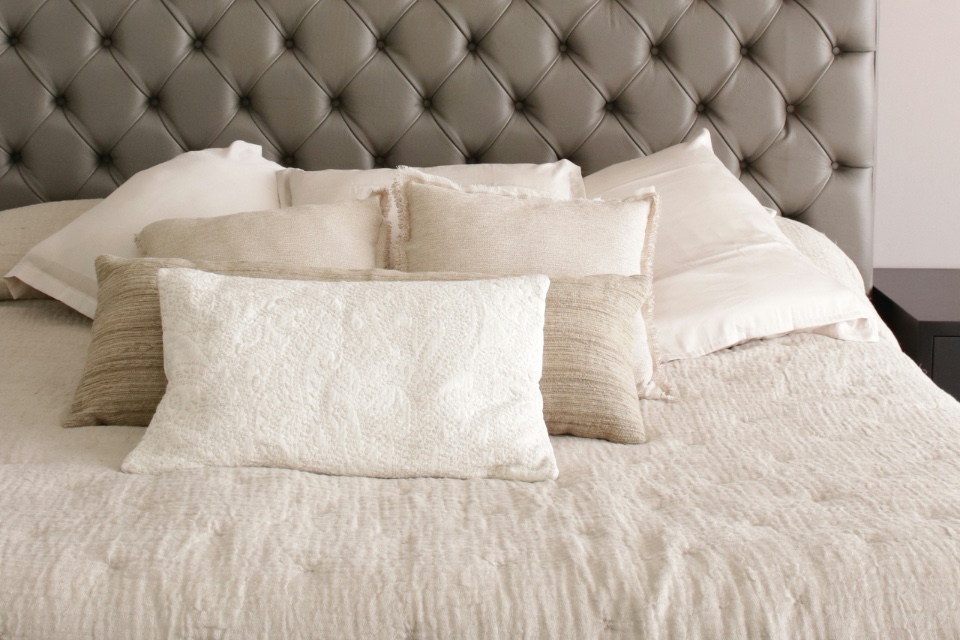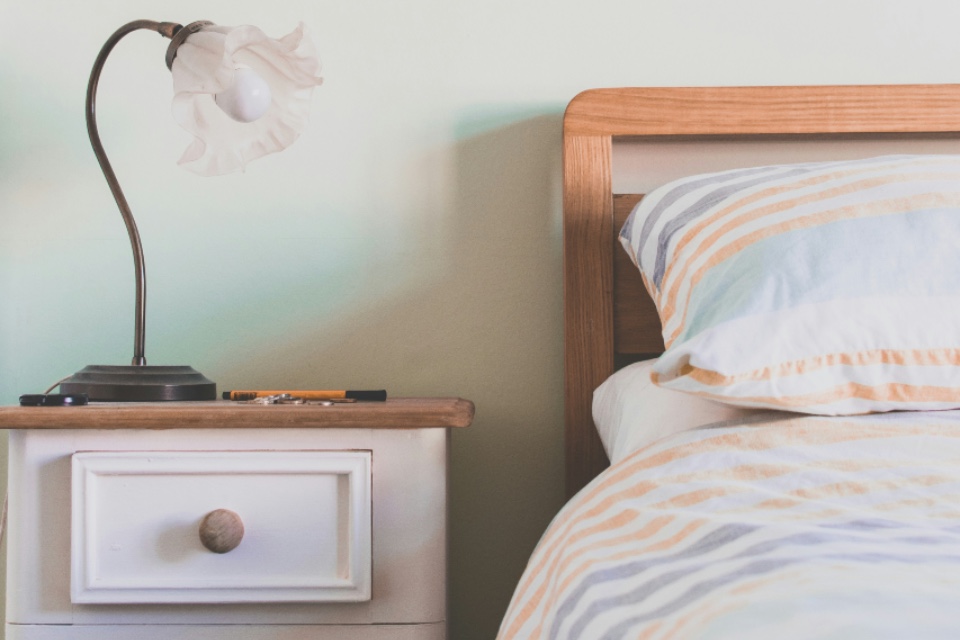Pressure care is paramount in care home settings. With vulnerable residents, often spending extended periods in bed or seated, the risk of pressure ulcers or bedsores increases significantly. Selecting the right pressure care products and approaches is not merely about comfort; it’s a vital component in ensuring the well-being and health of residents. Here’s a guide, informed by Care Forum delegates and suppliers, to aid in making informed decisions:
- Understanding the Needs of Residents:
- Assess Vulnerability: Understand the risk factors associated with each resident. Consider mobility challenges, age, existing medical conditions, and time spent in bed or chairs.
- Frequent Inspections: Regular skin checks can help identify early signs of pressure sores, ensuring timely interventions.
- Types of Pressure Care Products:
- Mattresses and Overlays: These products redistribute weight, reducing pressure on vulnerable areas. Consider features like foam, gel, or air-filled structures.
- Cushions: Essential for residents who spend significant time seated. Opt for those that distribute weight evenly.
- Heel and Elbow Protectors: Specially designed to reduce pressure and friction on these sensitive areas.
- Product Quality and Durability:
- Prioritise products that are known for durability and quality. They should withstand regular use without losing their pressure-relieving properties.
- Ease of Maintenance:
- Look for products that are easy to clean and maintain. Hygiene is vital in care settings, so easy-to-wash covers or antimicrobial treatments can be beneficial.
- Customised Solutions:
- Off-the-shelf solutions might not cater to every resident’s unique needs. Customisable pressure care products, adjustable to individual requirements, can offer more precise care.
- Feedback and Reviews:
- Consult with other care homes or seek out reviews to gauge the effectiveness and reliability of specific products.
- Training and Guidance:
- Some advanced pressure care solutions come with a learning curve. Ensure the supplier provides training for staff, ensuring optimal product usage.
- Budgetary Considerations:
- While prioritising quality, be mindful of budget constraints. Balancing cost with potential health benefits is crucial.
- Engaging with Experts:
- Collaborate with healthcare professionals specialising in skin integrity or wound care. Their expertise can guide product choices and care approaches.
- Safety Standards:
-
- Ensure products comply with relevant safety and health standards. They should be fire-retardant and free from harmful chemicals.
- Trial Periods:
-
- Some suppliers offer trial periods. This can be beneficial to assess the product’s effectiveness in a real-world setting before committing to a purchase.
- Continual Monitoring:
-
- Post-adoption, regularly monitor the effectiveness of the products. If residents still develop pressure points, it may be time to reassess.
Pressure care in care homes requires meticulous attention. The right products can significantly improve residents’ quality of life, reduce healthcare complications, and ensure they remain comfortable and healthy. By bearing the above considerations in mind, care homes can offer an environment that prioritises the well-being and dignity of its residents.
Are you looking for Pressure Care solutions for your business? The Care Forum can help!






